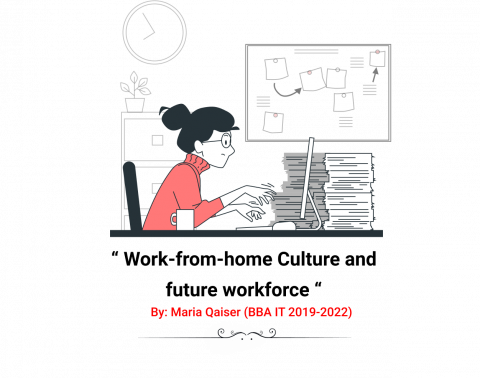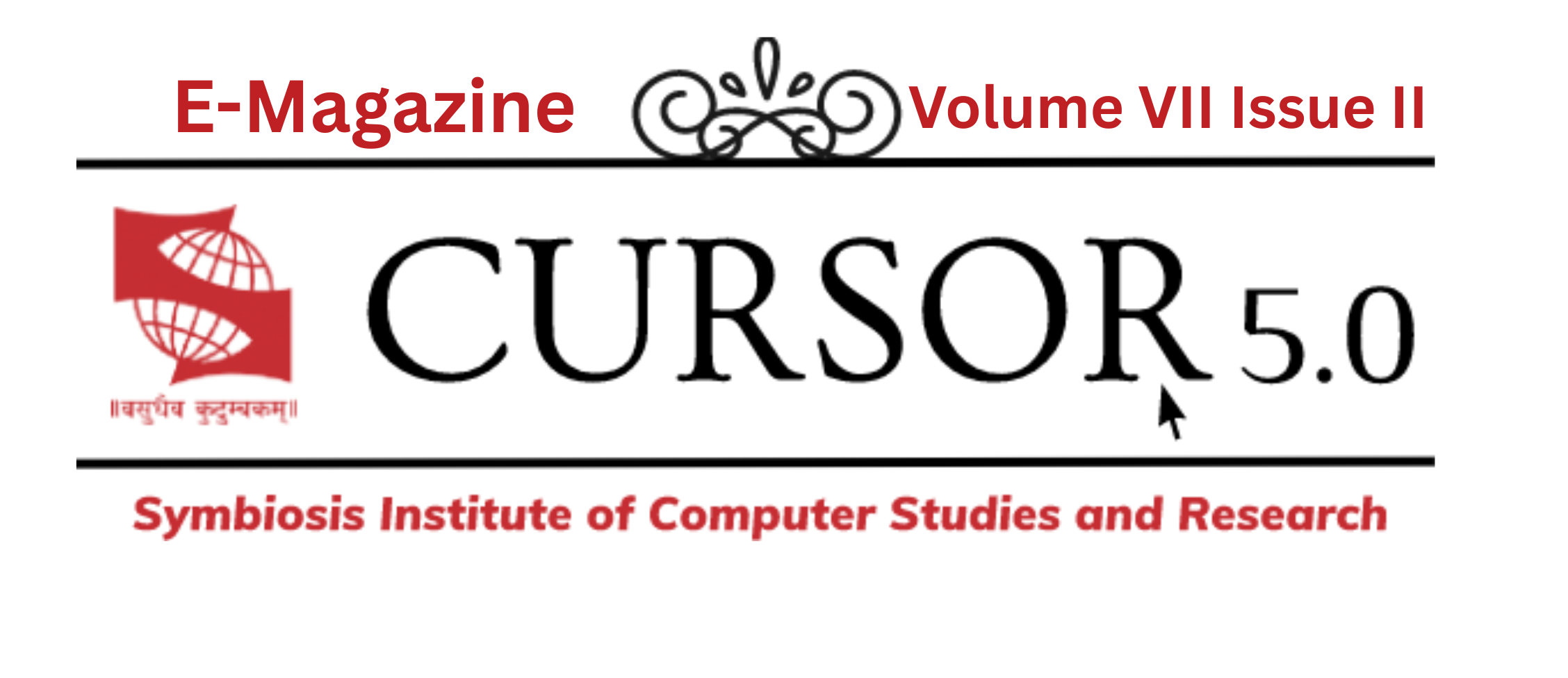
As an apocalypse named COVID-19 dawned upon us, the entire network of companies and various industries ruffled. The world witnessed a rare change due to this pandemic and to elude losses occurred, this trend known as work from home saved companies and their employees from avid destruction which might have occurred. Well, this culture started as a perk to managing the companies but now it has been adjusted to all the arenas so well that in the future it is expected as such: By 2025, an estimated higher percentage of the workforce will be working remotely at least five days a month. According to many reviewers, it’s just the beginning of this popular work from home culture.
Pandemic scenario
Even being entirely distributed and scattered research shows individuals, teams and entire workforces can perform up to the mark even more efficiently at times. Surprisingly the performance received from employees is astonishing as metrics show better performance as compared to before the pandemic scenario. Employees have seriously realized their roles and have worked efficiently even staying at home, at times even ignoring all the comforts which might have tempted them to become lousy. It is not easy to work from home as you are constantly surrounded by all sorts of luxuries, comforts, and your family to make you feel relaxed but it all depends totally on your dedication and urge to work even if you haven’t got that professional aura around you to constantly motivate you.
Pros and Cons
In this world, everything has its positives and negatives. Let’s look into some pros here, first of all, what I sensed is working from home means less office space so this is a perfect cost-cutter methodology for any company because maintaining headquarters and several branches require a considerable amount of money to be spent and implementation of work from home would be sufficient to save money and many researchers believe that big infrastructures and lavish office spaces will become a chapter of the past. Although many companies are planning a new combination of work culture which will include work from home and on-site working as well giving it a new touch under the name of hybrid work model. Here employees can come to the office for in-person meetings to discuss any discrepancies, discussions, changes, updates and strategic plans to be implemented, and for the rest of the days of the week, employees can work individually at home. This diversification would allow offices to get rid of cubicles and to create more spaces for meetings and events.
Considering all aspects work from home requires more engagement and alertness as engagement is much harder virtually if they need to be in touch with new opportunities as an office there is consistent air of professionalism present at any moment which is not available at home. It is very essential to keep in check the performance of every employee, instead of hours spent on work the focus should be on the quality of work done, various tools are being developed to counter the efficiency of the workers. Planning and strategies are still going on to improve the performance check like for example instead of annual updates weekly or monthly updates are now being taken into consideration for better efficiency and productivity.
Analysing some of the con’s security plays one of the major threats as working from home makes data vulnerable and can be accessed by others if proper cybersecurity measures are not taken care of. Due to lack of professionalism, it might be difficult for some employees to be constantly engaged at home but surprisingly this pandemic has proven that work from home can be efficient without losing alertness and productivity, in a survey more than ninety percent of employers said productivity was the same as or higher than before the pandemic, even with their employees working at home.
Life of Pandemic Work
People believe that working from home can be lesser exhaustive as there are various means to get recharged at home quicker than a professional workspace, for instance, you can take a break in between and enjoy your hobbies such as cooking, singing, dancing, and many more activities preferred. Also, some individuals believe at home you can be in your comfortable clothes and sit more comfortably which can ease the stress of work to be done on time, this trend called work in pajamas got very popular as employees are very happy to work like that. As when workers have to go to the office they have to be in a formal dress code as prescribed by the organizational norms.
As all these factors contribute to the growth of work from home culture the future promises a better endeavor for this culture. It is not easy to implement this culture overnight as a whole because it will require a lot of changes to be specific which include freeing office space and redesigning according to every company’s own needs and requirements, investment in digital infrastructure is very important because it will serve as the backbone of this culture setting up each worker’s system to be worked upon, assurance of proper connectivity and the security aspects including investment in cybersecurity is to be taken care of.
Working System
To be honest work from home is not possible for some industries like for example manufacturing industry as some labor force is always required to be present on the ground though they can implement advanced technologies and automation techniques. So keeping in mind the right organizational goals and strategies, up-to-date technologies and most importantly the appropriate leadership companies, teams, and offices could go remote even at once. However, if leaders support organized communication, brainstorming for implementation of various ideas and problem-solving approaches, initiatives to amplify knowledge online; encourage virtual socialization, team-building skills, work with government stakeholders to ensure regulatory compliance of various ensured rules and regulations, set an example by becoming WFA employees themselves, all-remote organizations may indeed emerge as the future of work.
I believe we are re-entering a world that doesn’t quite feel the same as the one we left last year and some of the experiences have led us to form new habits that are here to stay so if adapting to a new culture could be more promising there is nothing wrong in that.
References:
References:
Caroline Castrillon, This Is the Future Of Remote Work In 2021, Forbes, Dec 27, 2020,04:00pm EST.
Illustrations By Tanishq Nakra



